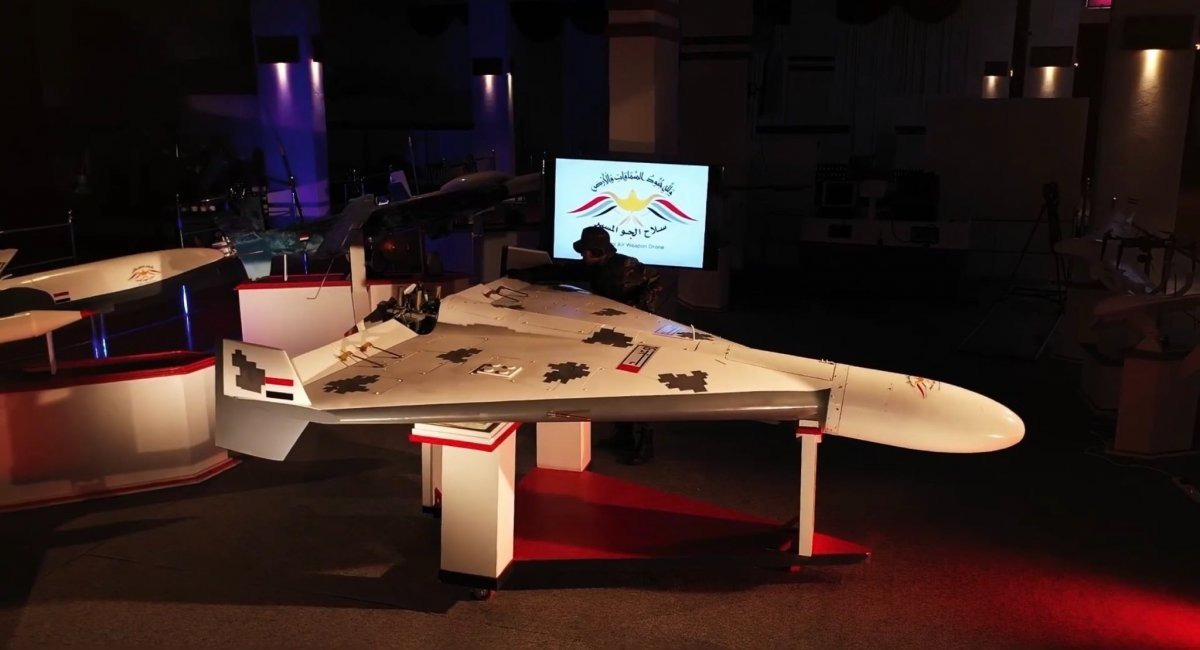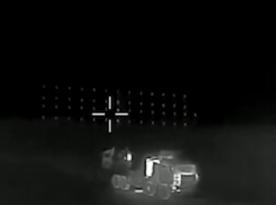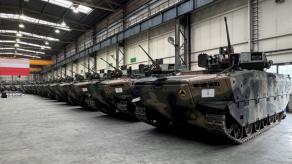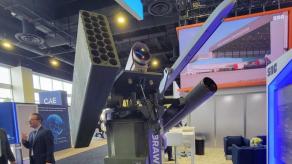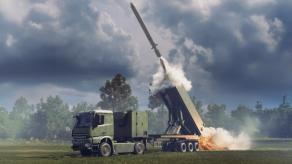An assessment obtained by CNN from Ukrainian intelligence sources tells that a dismantled iranian-made Shahed-136 drone supplied to russian forces fighting in Ukraine consists of exported parts, mostly from the United States.
According to the document, out of 52 components removed from a kamikaze drone, 40 are made by 13 different American companies. The remaining 12 components were manufactured by companies in Canada, Switzerland, Japan, Taiwan, and China.
Read more: Ukrainian Intelligence Service Has Dismantle Iranian Mohajer-6 and Found Something Unusual
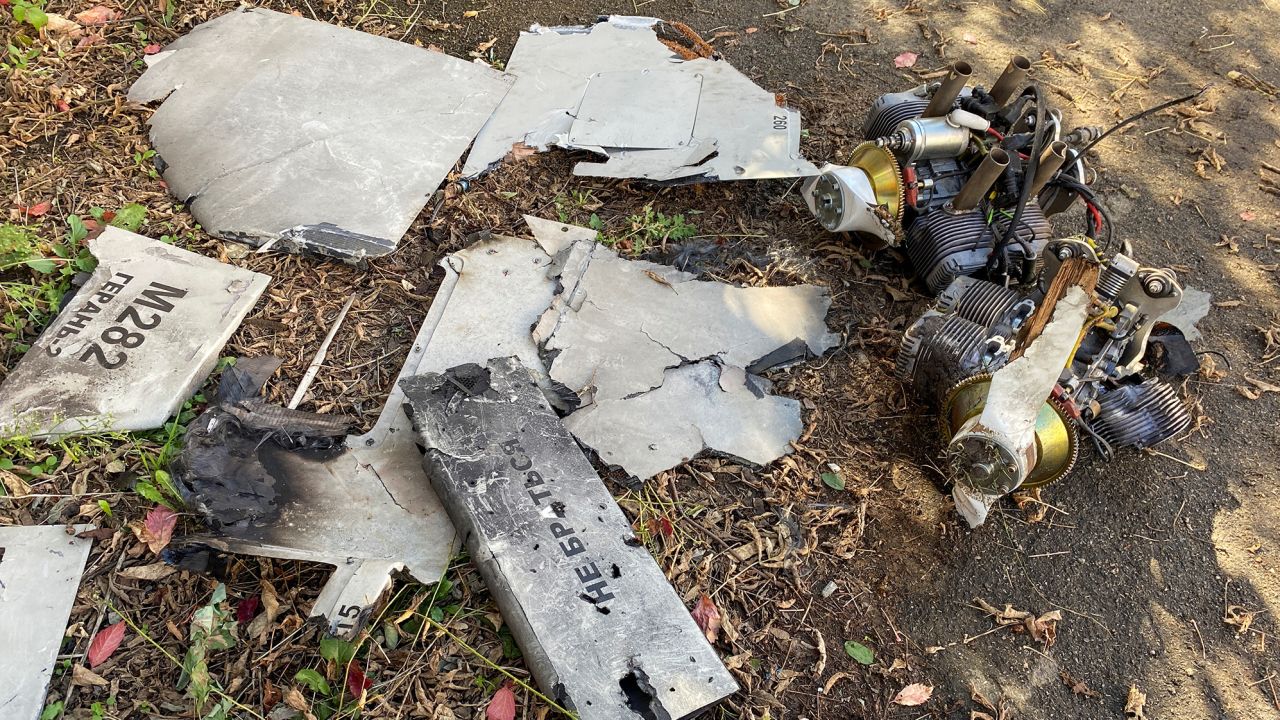
These include "nearly two dozen parts built by Texas Instruments, including microcontrollers, voltage regulators, and digital signal controllers; a GPS module by Hemisphere GNSS; a microprocessor by NXP USA Inc.; and circuit board components by Analog Devices and Onsemi. Also discovered were components built by International Rectifier – now owned by the German company Infineon – and the Swiss company U-Blox."
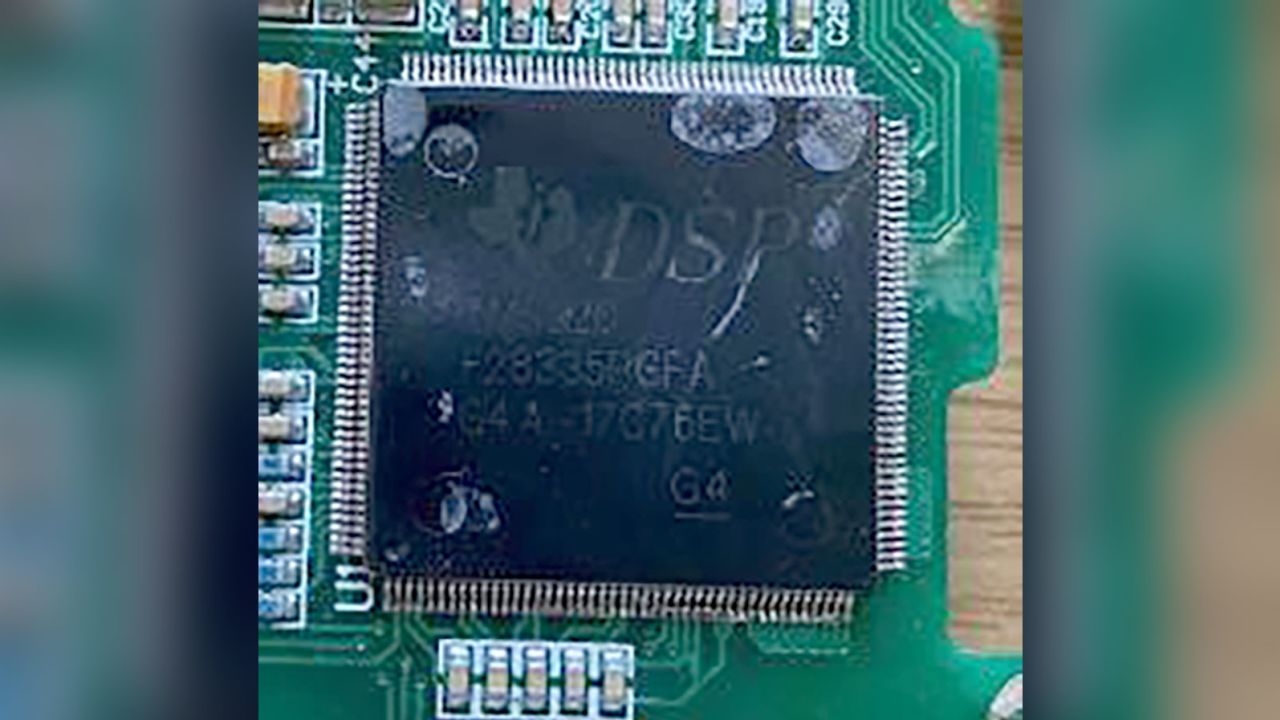
CNN edition has reached out to all the companies for commentary. The replies were quite predictable: none of them was aware of misuse of their components and the ways how they got into iranian technologies. The manufacturers stressed on their compliance with the U.S. law and sanctions regime against iran and some even set up investigation teams, as it's not the first time American parts are found in iranian military products.
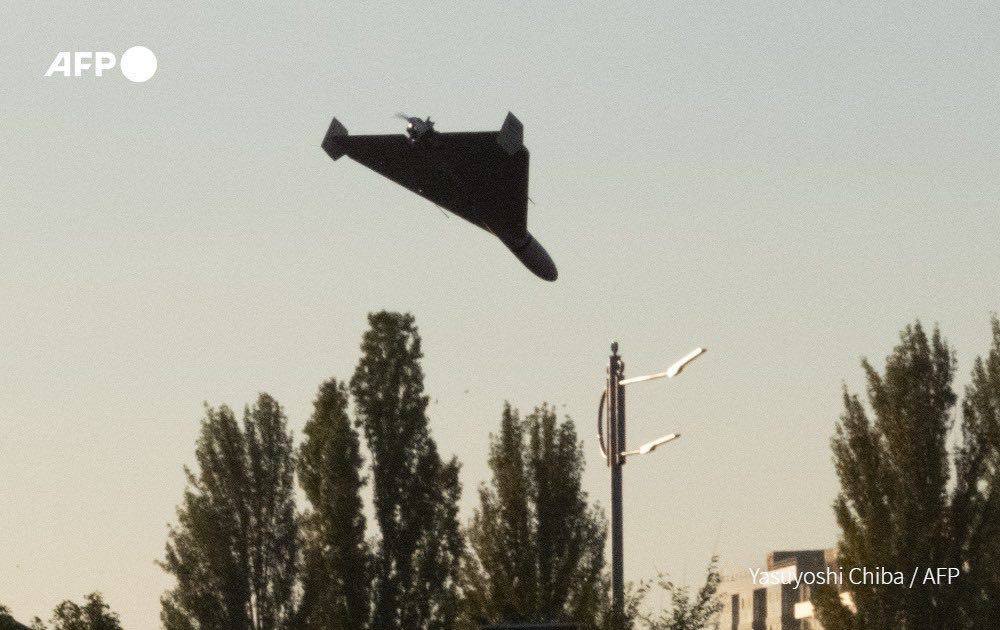
The real problem, as follows from the article, is to track all the way that commercial electronics go through the market until they find their way into Shahed-type drones. An expert told CNN that it's not only problematic to uncover the third-party distributors and resellers of the microelectronics, but being small, they are also easier to hide.
At the same time, russia and iran can quite easily make up more shell companies to act as resellers and thus avoid sanctions, while it takes years to expose the scheme.
"And the Ukrainian intelligence assessment is further proof that despite sanctions, Iran is still finding an abundance of commercially available technology. For example, the company that built the downed drone, Iran Aircraft Manufacturing Industries Corporation (HESA), has been under US sanctions since 2008," says CNN.

Ultimately, in order to cut the iranian military industry from the source of exported parts, there is a lot of work to be done, and this process requires everyone to be involved in their own way:
- for the governments (U.S. government in particular) to "to devote more resources and hire more employees," as the experts recommend so that the enforcement of sanctions will be more effective;
- for the companies to be proactive in searching on their own for third-party distributors and establishing the end-use consumer, since the state organs do not always have enough resources to do that;
- and for the researchers who voluntarily examine the downed drones and identify its internals to make sure the information about the misuse of exported electronics reaches the manufacturers and receives appropriate feedback.
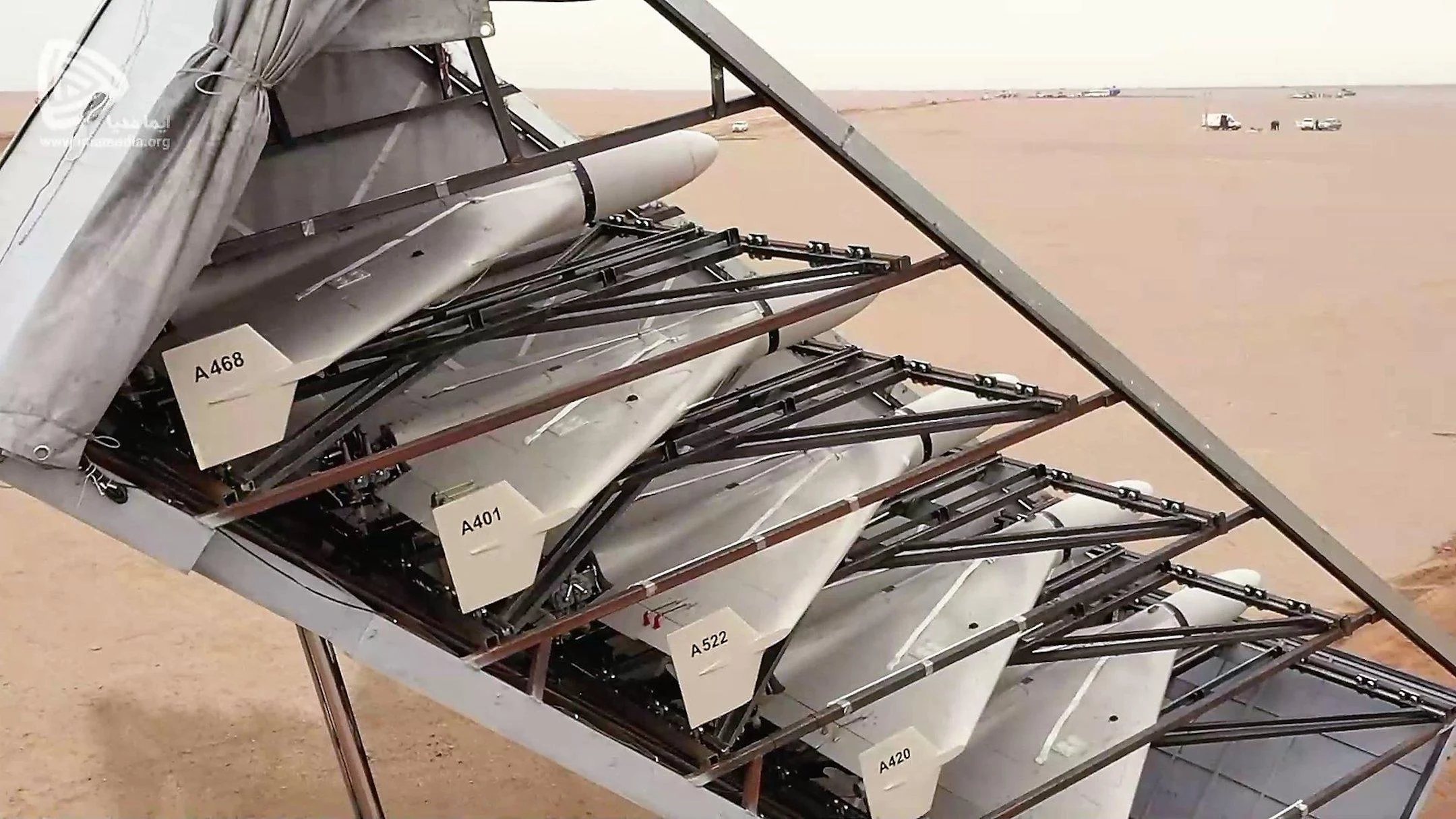
As Defense Express earlier reported, U.S.-made commercial parts were found not only in Shahed-136 but also in its smaller version Shahed-131, and here we took a closer look at these details. There were a lot of Western-made electronics found in russian cruise missiles as well which makes it all the more important to track all these parts, and the efforts have already brought results: it becomes harder for russia to produce weapons to wage war on Ukraine.
Read more: Russia Reacted Strangely at the UN to the Investigation Regarding the Shahed-136, Threatened to "Review Relations"




